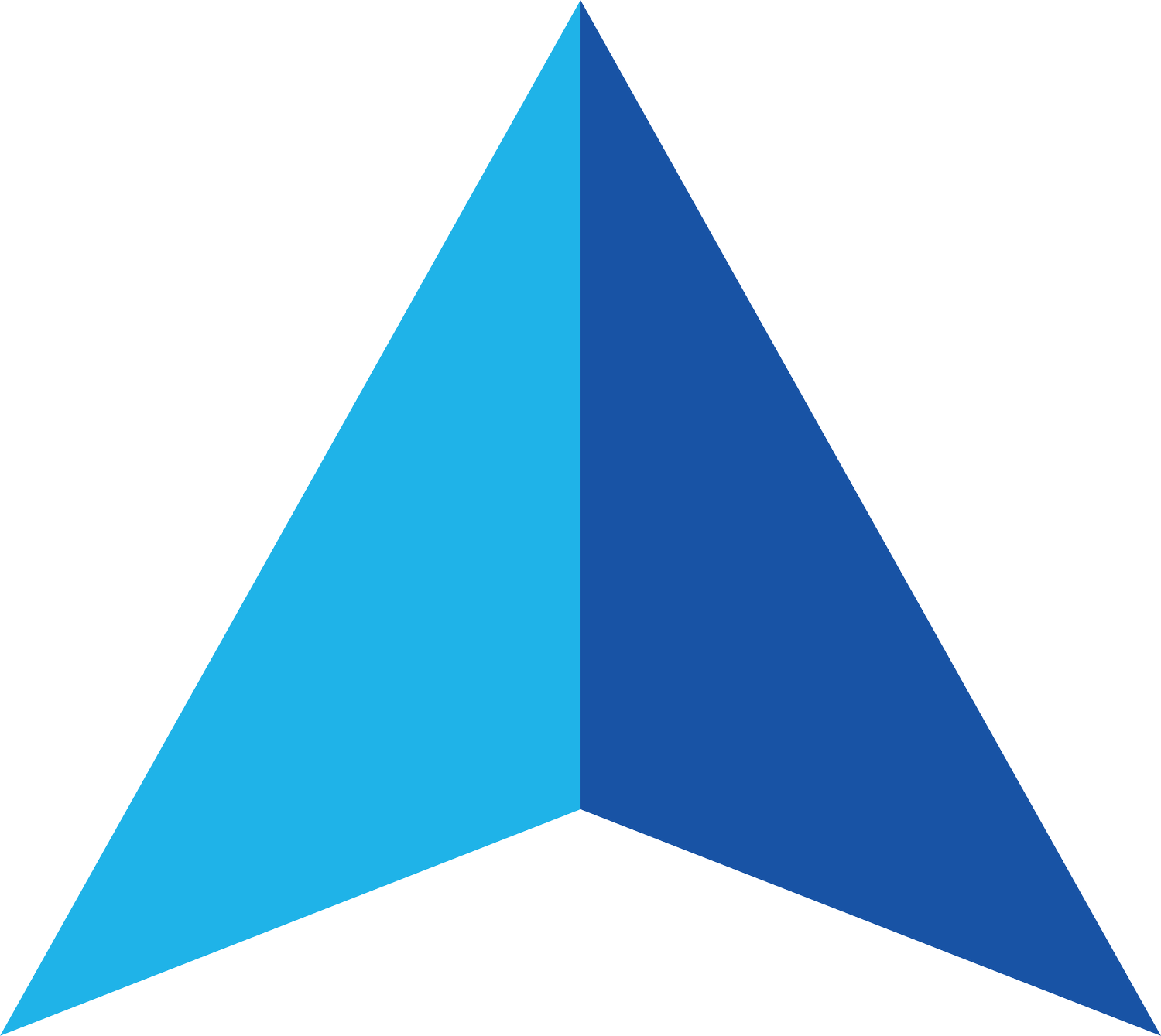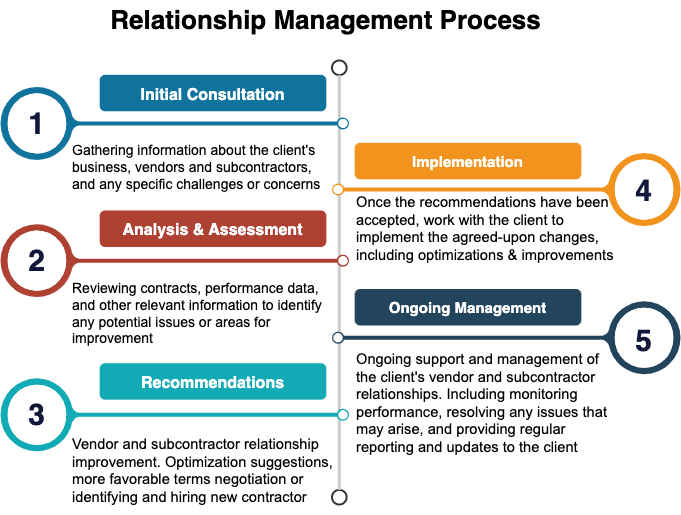Scaled Agile Framework
The Scaled Agile Framework (SAFe) is a framework for implementing agile practices at the enterprise level. It is designed to help organizations apply agile principles and practices to large, complex projects involving multiple teams and stakeholders.
SAFe is based on the principles of lean thinking, which aim to maximize value and minimize waste in the development process. It also incorporates elements of other agile methodologies, such as Scrum and Kanban, to provide a comprehensive approach to agile at the enterprise level.
The core principles of SAFe are:
Take an agile approach: SAFe advocates adopting an agile mindset and approach to development, with a focus on flexibility, adaptability, and collaboration.
Emphasize value: SAFe emphasizes the importance of delivering high-value work quickly and efficiently, and prioritizing work that will have the greatest impact on the business.
Create an agile culture: SAFe promotes a culture of collaboration, communication, and continuous improvement, with a focus on empowering teams and fostering a shared sense of ownership and accountability.
Apply lean thinking: SAFe incorporates lean principles and practices, such as value stream mapping, flow, and continuous improvement, to maximize value and minimize waste in the development process.
Use agile methodologies: SAFe incorporates elements of popular agile methodologies, such as Scrum and Kanban, to provide a comprehensive approach to agile at the enterprise level. SAFe includes practices and tools for planning and tracking work, managing dependencies, and coordinating and aligning work across multiple teams.
Enable collaboration and communication: SAFe emphasizes the importance of collaboration and communication between teams, stakeholders, and customers, and includes practices and tools to facilitate this collaboration.
Foster continuous learning and improvement: SAFe encourages a culture of continuous learning and improvement, with a focus on experimentation, innovation, and adaptation to changing business needs and conditions.
Empower teams and individuals: SAFe empowers teams and individuals to take ownership of their work, make decisions, and continuously improve their processes and practices.
By following these core principles, organizations can apply agile practices at scale, and improve their ability to deliver high-quality software quickly and efficiently.
When To Choose Scaled Agile Framework (SAFe)
It is particularly well-suited for organizations with multiple teams and stakeholders, as well as organizations with a large and complex product portfolio. Some common situations where SAFe might be a good choice include:
Organizations with multiple teams and stakeholders
Organizations with a large and complex product portfolio
Organizations that need to coordinate the efforts of multiple teams and stakeholders
Organizations that want to improve their ability to respond to changing market conditions and customer needs
Scaled Agile Framework (SAFe) pros and cons
Pros:
SAFe promotes collaboration and communication, as it encourages regular meetings and discussions among teams and stakeholders.
SAFe allows for flexible planning, as it allows teams to adjust their priorities and plans based on changing circumstances or new information.
SAFe provides a clear framework and set of roles and responsibilities, which can help to ensure that the development process stays on track and is successful.
SAFe supports the use of agile and lean principles, which can help teams to quickly identify and address problems and improve the overall quality of the software.
Cons:
SAFe can be challenging to implement, as it requires a clear understanding of the workflow and the dependencies between teams and stakeholders.
SAFe can be time-consuming, as it requires regular meetings and updates to the project plan.
SAFe can be difficult to manage, as it involves coordinating the efforts of multiple teams and stakeholders.
SAFe can be complex, especially for organizations with large and legacy systems, which can make it difficult to implement and maintain.
People Also Viewed









